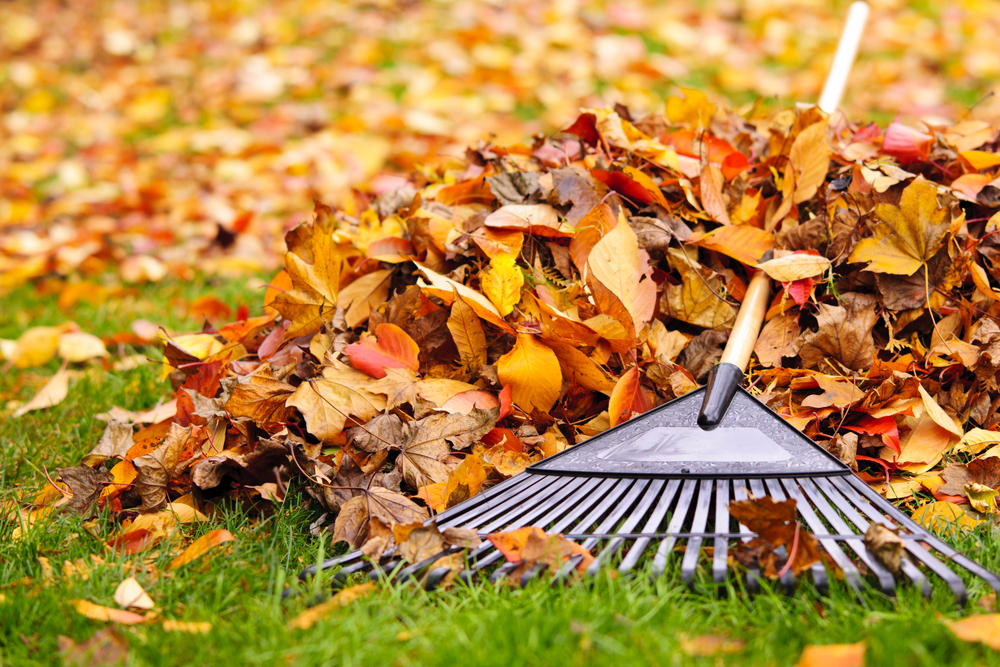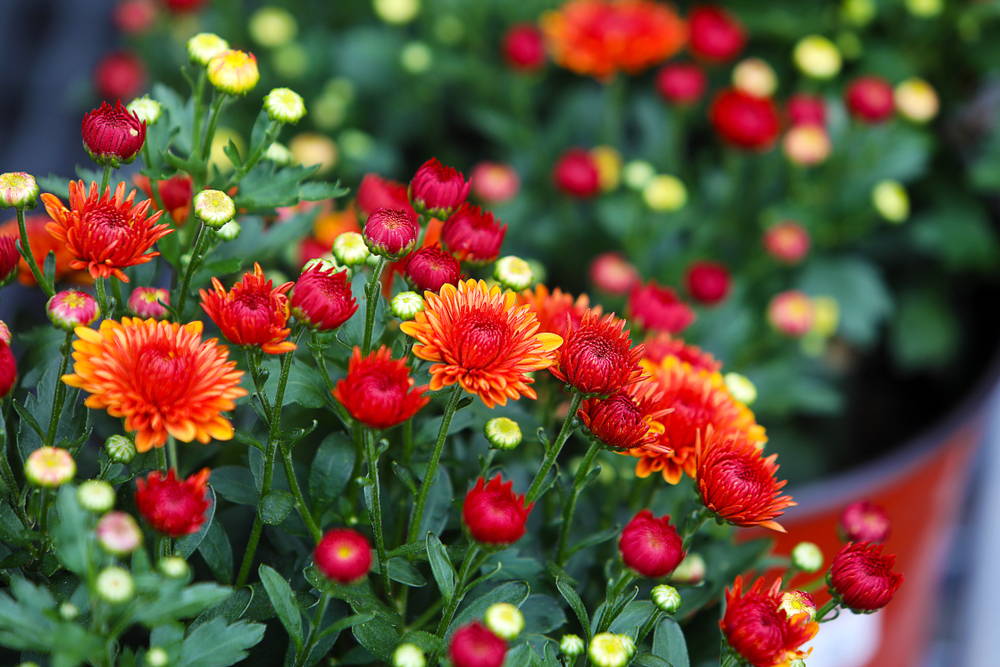
one
two
three



Now that the hot summer is over, our thoughts turn to football watch parties and other outdoor activities. This season is an excellent time to garden. If you are considering adding plants to your landscape, fall is a good time to do it.
Now is a good time to look at your landscape and mark any places you don’t have plants but want them. If something didn’t survive the unusually hot and dry summer, you can replace it now with something that will cope better with the higher temperatures. Choosing native plants that are adapted to our area will give you the most bang for your buck. Read more about choosing the best plants for the area in this article.
Planting in the fall allows the roots to grow and get established before the cold of the winter or the heat of the summer. Since many plants have stopped growing foliage for the year, the new plant will spend all its energy growing its roots. This stabilizes the plant, and bigger roots allow plants to reach deep water and nutrients that plants without such an extensive root system cannot reach.
Cooler temperatures are less stressful to plants. Fall rain relieves any drought stress the plants might have. When plants have to use less energy dealing with heat, drought, and trying to survive, they are more able to grow healthy roots and become established.
Most weeds and pests are winding down for fall, so they won’t be attacking your new plants. Weeds steal nutrients, water, and sunlight from your plants, so planting at a time the weeds are not growing leaves more resources free for your new plants. Pests eat leaves, stems, flowers, and fruit. In the fall, most pests are trying to find a place to overwinter or are dying. Your plant doesn’t have to produce chemicals to repel pests or cope with having parts eaten by them.

Fall is a pleasant time to be outside working in the garden. It is not hot like summer, but the cold hasn’t come yet. Enjoy the temperate weather while it lasts by planting things. Gardening is considered moderate exercise, so planting is good for you.
After you plant your new trees, shrubs, lawn, and perennials, here are some care tips.
Water your new plants every day for the first two weeks. Keep the soil moist but not soggy. After this, perennials and lawns need one inch of water a week. Trees and shrubs should get at least an inch a week under their entire canopy. Before the first frost, water your landscape well, so there is a reservoir of water in the soil when it freezes. You will still need to water occasionally during the winter.
Mulch around your new plants to protect them from the cold, hold in moisture, and keep weeds at bay. Spreading three inches of mulch around your new plantings is the best way to keep them warm this winter. Mulch acts like a blanket in cold weather. Mulch also holds moisture so that it is available to the plant longer. Finally, mulch keeps weeds from robbing your new plantings.
One thing to leave out is fertilizer. Fertilizing your new plants will promote new foliage growth. New growth will freeze in the cold, leaving injuries on your plants that diseases can enter through. Wait until spring to fertilize these plants.

Royal Creations Architectural Landscaping will be happy to talk with you about the ideal new plants for your landscape. You can schedule a consultation with our garden specialist, Lauryn Pitts, and she can help you plan what to plant. Once you know what you want, our Blue Crew can plant it for you and maintain it all year long. Schedule a consult today.